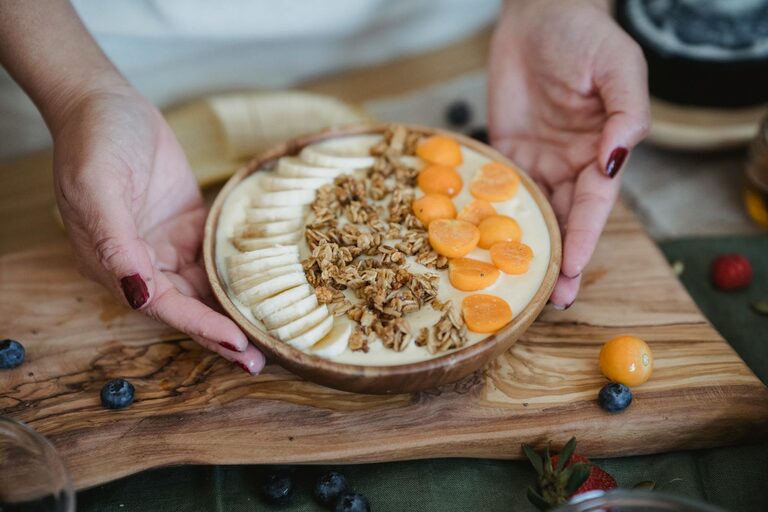Planning balanced meals doesn’t have to be complicated or stressful. With a few practical strategies, you can enjoy nutritious and satisfying meals every day without feeling overwhelmed. Whether you’re new to meal planning or looking to improve your habits, this guide will help you create balanced meals easily and confidently.
What Are Balanced Meals?
A balanced meal provides the right proportions of different food groups to support your body’s needs. Generally, a balanced plate includes:
– Protein (chicken, beans, fish, tofu)
– Vegetables (leafy greens, carrots, broccoli)
– Whole grains (brown rice, quinoa, whole wheat bread)
– Healthy fats (olive oil, nuts, avocado)
– Fruits (berries, apples, bananas)
Combining these elements ensures you’re getting essential nutrients like vitamins, minerals, fiber, and energy.
Why Plan Meals in Advance?
Planning meals ahead can:
– Save time and reduce last-minute stress
– Help you eat more healthily by avoiding impulse choices
– Make grocery shopping more efficient and budget-friendly
– Reduce food waste by using ingredients thoughtfully
How to Start Planning Balanced Meals: Step-by-Step
1. Assess Your Weekly Schedule
Start by reviewing your upcoming week. Note busier days when cooking time might be limited or when you’ll dine out. This helps you plan meals that fit your lifestyle.
2. Choose Simple, Versatile Recipes
Select meals that use similar ingredients to minimize waste and prep time. For example, if you plan grilled chicken one day, use leftover chicken for a salad or wrap the next day.
3. Fill Half Your Plate with Vegetables
Vegetables add volume, fiber, and nutrients without many calories. Aim to include a variety of colors throughout the week for natural diversity in vitamins and minerals.
4. Incorporate Protein Sources
Protein helps keep you full and supports muscle health. Rotate between animal and plant-based proteins to add variety and balance.
5. Opt for Whole Grains
Whole grains like brown rice, quinoa, and oats digest more slowly than refined grains, providing steady energy and important fiber.
Tips for Stress-Free Meal Planning
Keep a Running Grocery List
Keep track of items you need as you run out. This saves time when shopping and ensures you have essentials stocked.
Prep Ingredients in Advance
Wash and chop veggies or cook grains at the start of the week. Having these ready makes assembling meals faster.
Use Leftovers Creatively
Transform leftovers into new dishes, like soups, stir-fries, or sandwiches, to avoid monotony and waste.
Plan for Treats and Flexibility
Including occasional treats or dining out in your plan can prevent feelings of restriction and make your routine sustainable.
Sample Balanced Meal Plan for a Day
– Breakfast: Oatmeal topped with fresh berries, a spoonful of nut butter, and a sprinkle of chia seeds
– Lunch: Quinoa salad with mixed greens, chickpeas, cucumbers, cherry tomatoes, and a lemon-olive oil dressing
– Snack: Sliced apple with a handful of almonds
– Dinner: Grilled salmon, steamed broccoli, and roasted sweet potatoes
Useful Tools to Help You Plan
– Meal planning apps: Many apps offer templates and recipe suggestions tailored to your preferences.
– Printable meal planners: Use a simple planner to write down your weekly meals and grocery lists.
– Cookbooks or blogs: Find inspiration from sources that match your taste and lifestyle.
Final Thoughts
Meal planning balanced meals can be straightforward and enjoyable with the right approach. Focus on variety, simple recipes, and preparation strategies to make healthy eating a stress-free part of your life. Start small, experiment with flavors, and watch your confidence and enjoyment in the kitchen grow. Happy eating!

